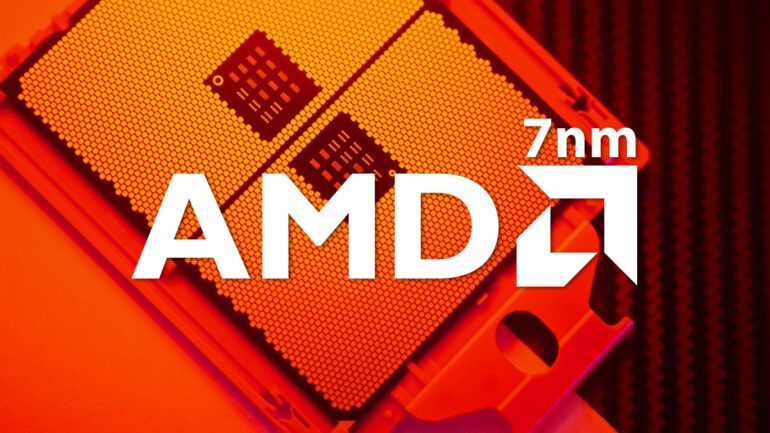TL;DR:
- Advanced Micro Devices (AMD) revealed details about their AI chip, the M1300X, which aims to compete with Nvidia.
- The M1300X GPU will have a phased release in Q3 2023, followed by mass production in Q4.
- AMD’s MI300X chip and CDNA architecture cater to the demands of large language and advanced AI models.
- The M1300X offers a maximum memory capacity of 192 GB, surpassing Nvidia’s H100 chip.
- AMD’s infinity architecture technology integrates eight M1300X accelerators, similar to Nvidia and Google’s systems.
- AI represents AMD’s most significant long-term growth opportunity, with the market expected to reach $150 billion by 2027.
- If AMD’s AI chips gain traction, it could create a significant untapped market for the company.
- This move may put downward pressure on Nvidia’s GPU prices, making AI applications more affordable.
Main AI News:
In a recent announcement, Advanced Micro Devices (AMD) unveiled groundbreaking details about their latest artificial intelligence (AI) chip, positioning themselves as a formidable challenger to market leader Nvidia. The California-based company provided insights into their cutting-edge graphics processing unit (GPU) for AI, known as the M1300X, revealing plans for a phased release starting in the third quarter of 2023 and mass production slated for the fourth quarter.
Nvidia currently reigns supreme in the AI chip market, boasting an impressive 80% market share. However, AMD’s bold move signifies a significant turning point, as they aim to disrupt the status quo with their advanced GPU technology. GPUs serve as the foundation for revolutionary AI programs like ChatGPT, developed by firms like OpenAI. Renowned for their parallel processing capabilities and optimized handling of vast amounts of data, GPUs excel in delivering high-speed, efficient graphical processing, making them ideal for demanding tasks.
AMD’s latest chip, the MI300X, integrated with the CDNA architecture, specifically caters to the growing demands of large language models and advanced AI systems. Boasting an impressive maximum memory capacity of 192 gigabytes, the M1300X outshines its competitors, including Nvidia’s H100 chip, which supports a maximum of 120 GB of memory.
In an innovative approach, AMD leverages its infinity architecture technology, which combines eight M1300X accelerators into a unified system. This architecture mirrors the integration of multiple GPUs by leading players such as Nvidia and Google, demonstrating AMD’s commitment to delivering exceptional AI solutions.
During a captivating presentation in San Francisco, AMD’s CEO, Lisa Su, emphasized the paramount importance of AI for the company’s long-term growth. Su stated, “AI represents our most significant and strategically important long-term growth opportunity.” AMD is poised to capitalize on the booming data center AI accelerator market, which is projected to skyrocket from $30 billion this year to an astounding $150 billion by 2027, growing at a compound annual rate of over 50%.
If developers and server manufacturers embrace AMD’s “accelerator” AI chips as alternatives to Nvidia’s offerings, a substantial untapped market could open up for the chipmaker. Leveraging its reputation as pioneers in conventional computer processors, AMD stands to benefit greatly from this potential shift in demand.
Although specific pricing details were not disclosed, AMD’s strategic move could exert downward price pressure on Nvidia’s GPUs, including models like the H100, which can carry hefty price tags of $30,000 or more. Reduced GPU prices would alleviate the financial burden associated with running resource-intensive generative AI applications, thereby making them more accessible and affordable.
Conclusion:
AMD’s unveiling of the M1300X AI chip poses a notable challenge to Nvidia’s dominant position in the market. With their advanced technology and focus on large language and AI models, AMD has the potential to attract developers and server manufacturers, leading to a significant shift in demand. The projected growth of the AI accelerator market further strengthens AMD’s position. If successful, AMD could benefit from a new market segment and potentially lower Nvidia’s GPU prices, making AI applications more accessible and cost-effective.

